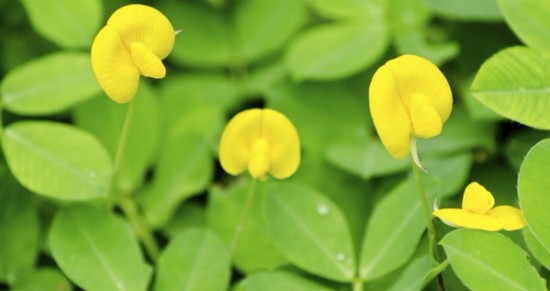From Virginia in the East to New Mexico in the West, planting season is a time of expectancy and optimism as peanut farmers prepare the soil and gear up for a great growing season.
We asked some questions about planting peanuts and gain some expertise from peanut growers and former National Peanut Board members Vic Jordan of Rayville, Louisiana; Gayle White of Frederick, Oklahoma; and John Crumpler II of Suffolk, Virginia.
How do you decide the very best time to plant? What are some of the newest technologies that help growers the most?
Farming in northeast Louisiana, Vic Jordan grows runner-type peanuts and usually plants the last week in April, “as soon as it gets dry. I decide exactly when to plant based on the weather at the time,” he said.
While the textbooks say to plant peanuts in April or May after the last frost, Gayle White has learned, “in farming there is no definitiveness. Several things need to fall into place for optimal planting conditions. The soil cannot be too firm or too soft and we need the right type of moisture conditions for the best results.”
White and her husband, Joe D., who grow Virginia-type peanuts, usually expect to plant early in May. “A lot of care is taken in preparing the soil for planting. We’re doing that by plowing and controlling weeds and enriching the soil.”
In Virginia, John Crumpler said “the ground needs to warm up to around 60 degrees at night and more than 65 degrees during the day.” He usually plants Virginia-type peanuts around the middle of May. “I look for a five to seven day window of sunshine and try not to plant in wet soil,” he said.

GPS (the global positioning system drivers use to guide them to their destinations) has made a difference for farmers. GPS allows for extremely precise planting of seeds, making farms more efficient and environmentally sound. GPS technology puts just the right amount of seed on the field, helping to produce more peanuts at harvest without increasing costs during the growing season.
“Using GPS for the past six years, I’ve been able to get straighter rows than before using this technology,” said Jordan. This system helps Jordan use less fuel traveling across the land fewer times, thereby increasing efficiency. “Then at harvest, I end up with more rows per acre, allowing a higher quality yield.”
“It’s amazing how precise our rows of peanuts can be with a GPS. We use a no-till method of farming, meaning we don’t plow the rows,” said White. No-till farming increases the amount of water and organic matter in the soil and decreases erosion.
“So a GPS becomes very important because with no-till it’s much harder to get straight rows. Also, in Oklahoma, it is very windy, so we need a GPS to make sure our rows are very precise.”
Crumpler, who has been farming about a decade, purchased a GPS a couple of years ago. “I see more pay back in peanuts than in any other crop I grow. By planting straighter rows with a GPS, it’s easier at harvest time because the GPS ‘finds’ the original rows and is more efficient bringing the peanuts out of the ground.”
Read more about planting peanuts here. Learn how you can grow your own peanuts at home here.
